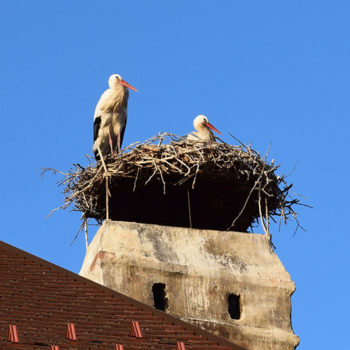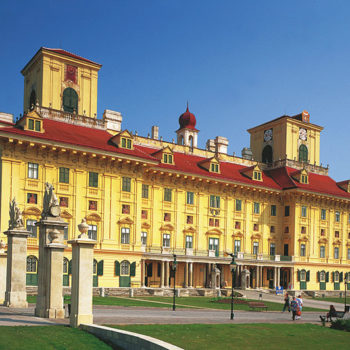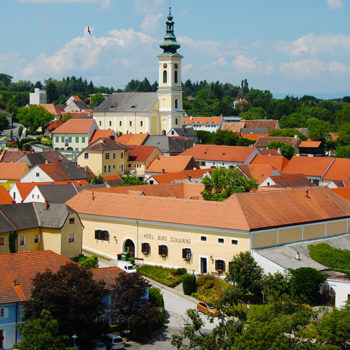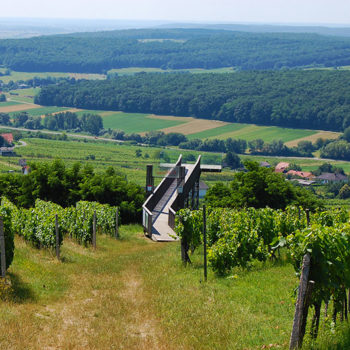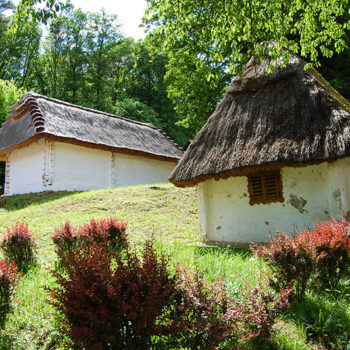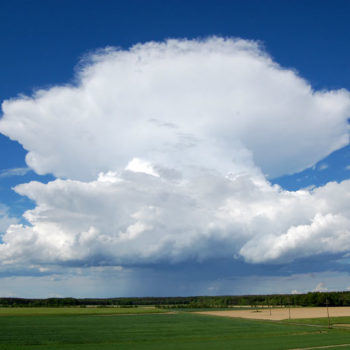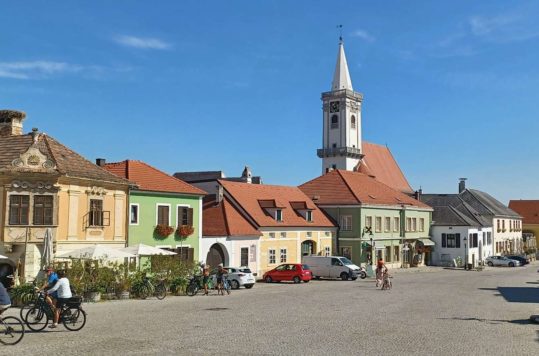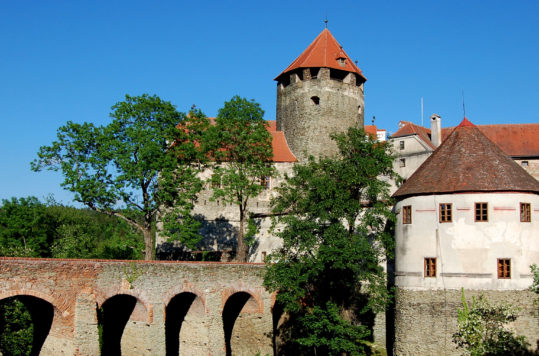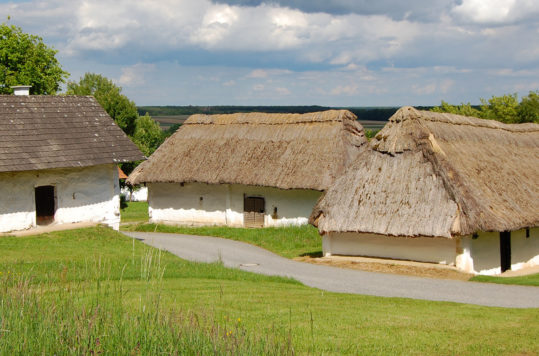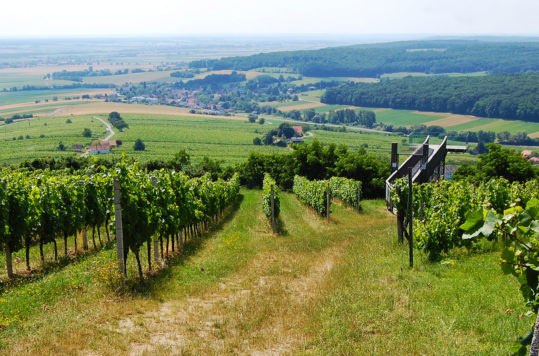Burgenland, Austria’s easternmost state, has a different flair to it. While Austria is primarily a mountainous country, Burgenland is dominated by vast plains and undulating hills.
Burgenland is the only state in Austria that is not part of the Alps. Compared to its neighbours, with plenty of peaks well above 2000 metres, the state’s highest point is flimsy 884 metres above sea level. At first glance, the state might not seem as attractive as the rest of Austria. Nonetheless, although it doesn’t have some dramatic natural features like other parts of Austria, the state has plenty of sights, sounds and unique characteristics.
Youngest in the country
Burgenland is the latest addition to the Republic of Austria, incorporated only in 1921. From 1648 until 1918, the region was part of the Kingdom of Hungary (the other half of the Habsburg Empire). The state results from the chaos and political meddling after World War I. As the war winners broke up the once-mighty Austro-Hungarian Empire and created modern Austria, Burgenland was added to the new republic. Consequently, the three years following the war’s end in 1918 were marred by violent conflict. Sadly, this made the Austrians and Hungarians fight over the narrow sliver of land between the newly created countries. Nevertheless, this animosity has long disappeared, and the neighbours live in close contact.
Mild climate
Burgenland is known for its mild climate and averages over 2000 sun hours yearly. Moreover, warm and sunny summers make Burgenland a popular travel destination. The mild climate and flat, low-lying landscape make the state perfect for agriculture and wine growing. Austria’s lowest point, at only 114 metres (374 ft) above sea level, is located near Apetlon, between Lake Neusiedler (Neusiedlersee) and the Hungarian border. This contrasts with the country’s highest mountain, the Grossglockner, at 3798 metres (12.460 ft). However, moving further south, the flat plains transform into hills. Burgenland occupies an irregular sliver of land. At its widest, it is 62 km (38 mi) and only 5 km (3.1 mi) at its narrowest. The long and narrow state can be divided into three unique regions with different attractions.
< Click on the images to enlarge >
Lake Neusiedl (North Burgenland)
The northern part of Burgenland is dominated by Austria’s largest lake, the Neusiedlersee, of which the southernmost part belongs to Hungary. Around the lake, you find idyllic villages, vineyards and farms. Burgenland’s state capital, Eisenstadt, is rich in cultural heritage. Besides the recreational use of the lakeshore, you can enjoy operettas and musicals at the lakeside Seefestspiele Mörbisch. The picturesque village of Rust takes pride in its vineyards and the numerous Storks that can be seen nesting on rooftops all over the town. Together with Forchtenstein Castle, a magnificent late medieval castle belonging to the Esterházy family, these are just a few examples of incredible sights in Burgenland.
Advertisement
Central Burgenland
This region is a favourite of music lovers. Franz Liszt was born in Raiding, and his birth town is one of many places holding music and cultural events in Burgenland. Being the hilliest part of Burgenland, this is also where you find most of the castles. The 884 m (2900 ft) Geschriebenstein on the border to Hungary and the region of South Burgenland is the state’s highest point. Although the state’s name does not refer directly to castles (Burgenland) but to four towns that ended in -Burg, you can find several fine medieval castles in the Middle Burgenland. Burg Lockenhaus, Burg Lackenbach, Burg Kobersdorf and Burg Deutschkreutz are worth visiting. Like its neighbour to the north, the central part of Burgenland also has an extensive wine industry, covering 2,100 hectares. Hence, wine tasting and wine festivals should be included in your itinerary when visiting this part of the state. Nonetheless, moving further to the south, the landscape changes character again, as do the main attractions.
South Burgenland
The region is well known for its spa towns and thermal baths. Moreover, the landscape is slightly hillier than the rest of the state. Hence, the region’s wandering and biking trails lead you around an intriguing landscape, a mix of forests and farmland. There are also some tiny wine regions in South Burgenland. For example, the village of Heiligenbrunn stands out as the centre for producing the characteristic Uhudler wine and preserving cellar houses from the 17th and 18th centuries. Tiny whitewashed dwellings with thatched roofs make up the village and are unique in Austria. Furthermore, you are right in the borderlands of Hungary and Slovenia, which adds a distinct feel to it. And there are still pockets of Croatian and Hungarian-speaking minorities in the region.

